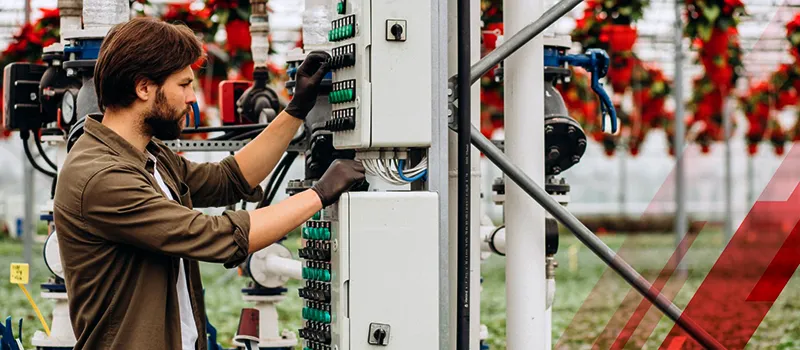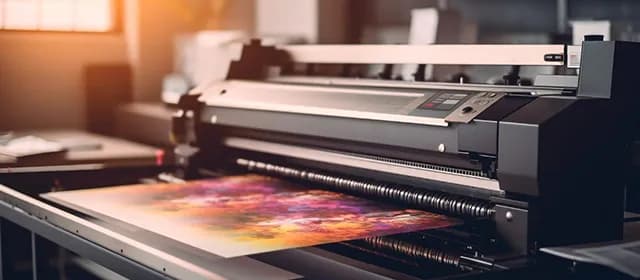Direct current (DC) switchgear is an essential component of electrical power distribution and control systems that helps to guarantee dependable and effective operation in a variety of sectors. While alternating current (AC) has long dominated energy distribution, DC switchgear has been rapidly gaining ground because of its distinct advantages and wide range of uses.
In this article, we delve into the fundamentals of direct current switchgear, examining its relevance, developments, primary uses, and the potential it possesses to influence the future of power distribution.
What is DC Switchgear?
Direct current (DC) switchgear is a type of electrical apparatus created especially for the control, isolation, and protection of DC power systems. It is frequently employed in several different applications, such as traction power supplies for trains, renewable energy systems, data centers, and industrial operations that utilize DC power.
In order to maintain the security and dependability of DC power systems, the switchgear is essential. Circuit breakers, disconnect switches, fuses, surge arresters, and control devices are some components commonly found in them. These parts regulate the DC power flow, safeguard the system from errors and overloads, and isolate problematic areas of the system.
Control and protection of the DC power system is the primary purpose of DC switchgear. It enables the manual or automatic switching of circuits, isolating defective areas, and safeguarding tools and persons from dangers. The special properties of DC electricity, such as its higher voltage levels and lack of zero-crossing points, are handled by this switchgear.
The particular application determines the type of switchgear you need to use for DC systems. Vacuum interrupters are a suitable choice for applications where cost is important. Oil circuit breakers are a preferable option for situations where speed and safety are crucial.
Due to its expanding applications and technological improvements, direct current switchgear is on a trajectory that indicates a bright future. According to Kings Research, the global DC Switchgear Market revenue is projected to reach USD 18.69 billion by 2030, growing at a CAGR of 6.08% from 2023 to 2030.
Decoding the Advantages of DC Switchgear
In addition to safeguarding DC power networks from problems, DC switchgear offers several additional advantages, such as:
- Enhanced dependability: By eliminating failures and enabling separation for maintenance, the switchgear can increase DC power systems' dependability.
- Reduced downtime: By immediately isolating faults and restoring power to the system, this switchgear can help decrease downtime.
- Enhanced efficiency: By minimizing losses resulting from errors and arcing, the switchgear can aid in enhancing the efficiency of DC power systems.
- Increased safety: By reducing arc flashes and other risks, this switchgear fortifies the safety of DC power systems.
Applications of DC Switchgear
DC switchgear is used in a variety of scenarios and sectors, each of which highlights its particular benefits:
- Integration of renewable energy: Solar and wind farms provide DC electricity, which must be converted and included in the AC system. This conversion process is facilitated by direct current switchgear, resulting in a seamless and effective energy injection.
- Data Centers: DC power distribution is used in data centers to increase energy efficiency and lower transmission losses. Within these energy-intensive buildings, efficient power distribution is made possible by DC switchgear.
- Electric Vehicles (EVs): DC charging facilities are important due to the increasing growth of EVs. High-power charging is made possible by the switchgear, which reduces charging times and promotes more extensive use of electric vehicles.
- Energy Storage Systems: Battery energy storage systems (BESS) use the switchgear for effective charging and discharging, load rerouting, and grid stabilization.
- HVDC Transmission: Modern DC switchgear is essential to the safe and dependable operation of high-voltage DC transmission systems used for long-distance electricity transfer.
- Industrial Applications: Specialized DC switchgear makes it easier to control the precise amount of DC power needed for various industrial operations, including electroplating, electrolysis, and metal melting.
Now that we know all about its advantages and applications, let’s have a look at the factors you need to consider while selecting the perfect direct current switchgear.
How to Choose the Right DC Switchgear?
DC switchgear is a critical component that must be compatible with the voltage and current ratings of the DC power system it serves. It is responsible for effectively handling fault currents that may arise within the system. The harmonious interaction between the switchgear and other vital elements, such as generators, transformers, and motors, in the DC power system is imperative.
Moreover, user-friendliness and ease of maintenance are essential attributes that the switchgear should possess, ensuring it remains efficient and up-to-date. Most importantly, the safety of operating the switchgear is of paramount importance, underlining the need for robust safety features and protocols.
Some prominent manufacturers in the industry are ABB, Siemens, and Kirloskar Electric, among others.
Decoding Opportunities for DC Switchgear
- Growth of Renewable Energy: As we move toward cleaner energy sources, we must effectively integrate renewable energy into our current networks, which increases the demand for cutting-edge DC switchgear.
- Decentralized Energy Systems: Localized power generation, consumption, and storage can be possible using this switchgear in decentralized energy systems.
- Transport Electrification: The demand for reliable and effective DC charging infrastructure will continue to be fueled by the electrification of transportation, particularly EVs.
- Grid Resilience: As a result of threats from cyberspace and extreme weather, DC switchgear can help improve the resilience and stability of the grid.
Now that we’ve examined the opportunities in the sector, let’s have a quick look at some of the challenges consumers need to know.
- Standardization: To assure compatibility and interoperability across a range of applications, established protocols, and requirements for this switchgear is crucial.
- Safety and Reliability: As DC systems get increasingly intricate and linked, upholding safety and reliability criteria becomes crucial to avoid catastrophic failures.
- Environmental Impact: To reduce the environmental impact, proper end-of-life disposal and recycling of DC switchgear components must be undertaken.
Conclusion
In the changing environment of electrical power distribution and control, direct current switchgear is a key element. Its adaptability, together with ongoing technological developments, positions it in a vital position to enable the integration of renewable energy sources, promote the expansion of electric car use, and improve grid resilience. The future of DC switchgear appears bright as companies continue to look for cleaner, more effective, and dependable energy solutions, promising a world where electricity flows smoothly and sustainably to power our ever-changing requirements.




